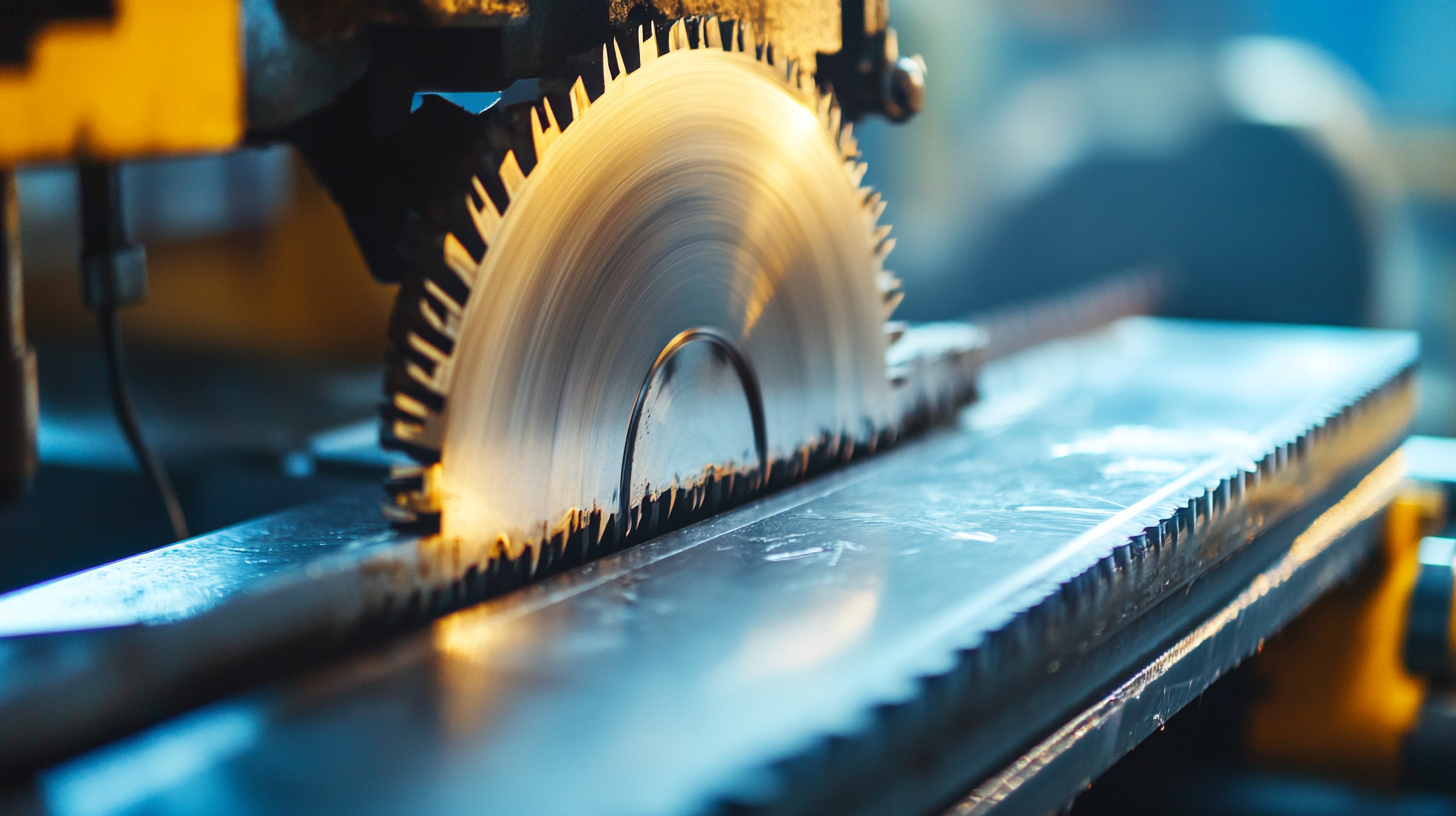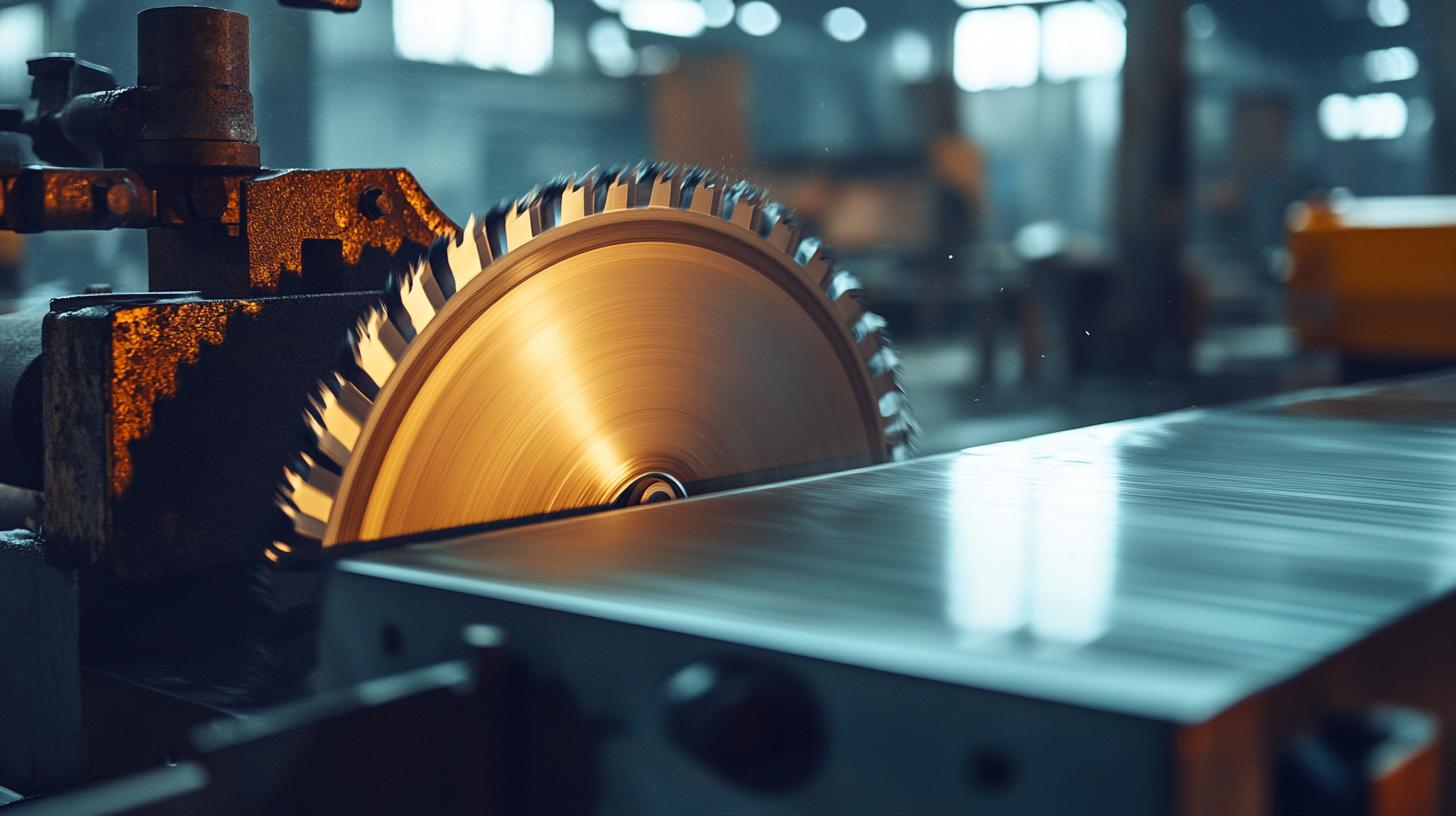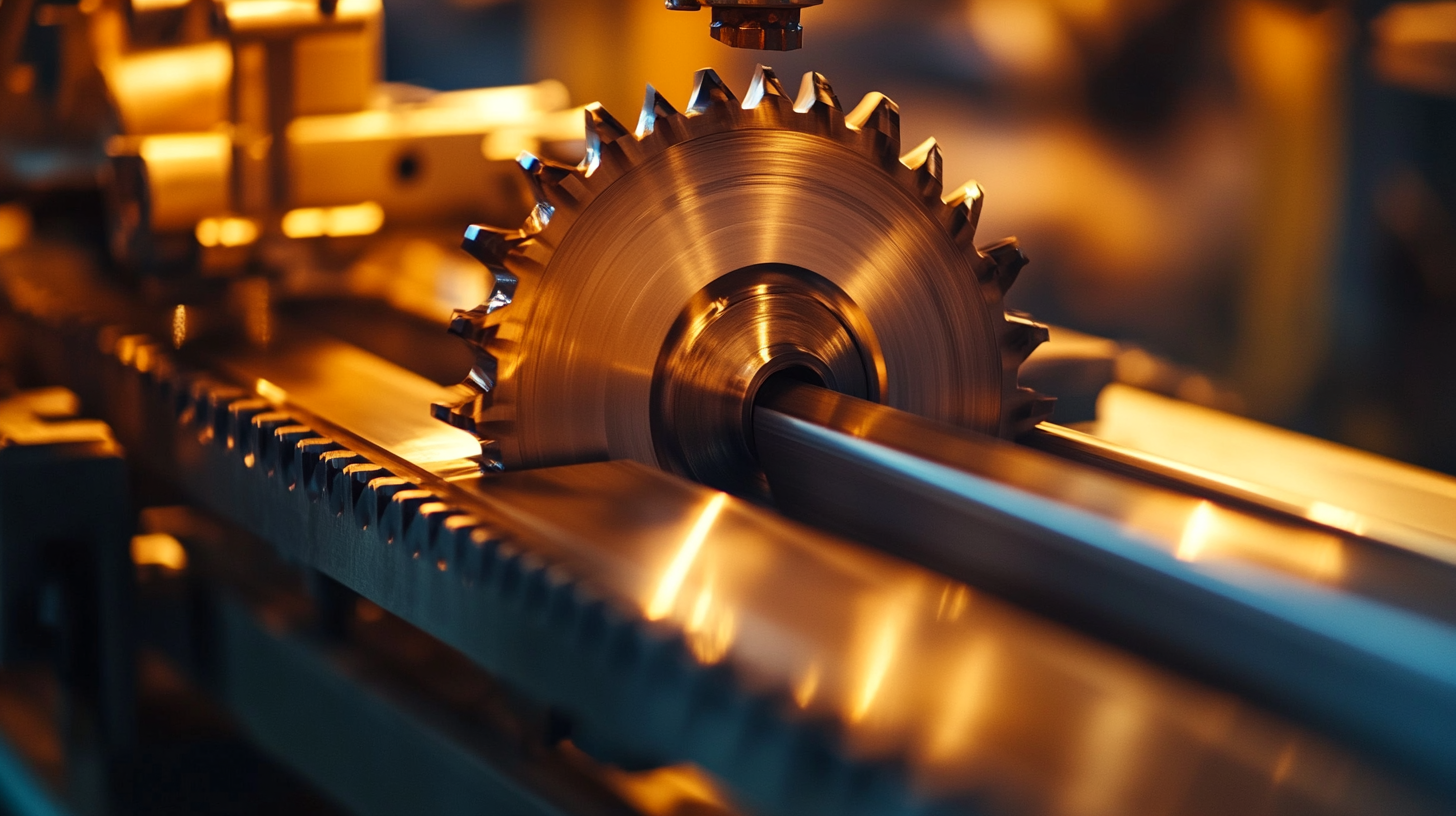Understanding Industry Production Standards Challenges in Reciprocating Saw Blades
In the world of power tools, reciprocating saw blades are essential components that enable efficient cutting across various materials. However, these blades are not created equal, and understanding the production standards that govern their manufacture is crucial for both manufacturers and consumers. The complexities surrounding these standards pose significant challenges, influencing factors such as durability, performance, and safety. As technology advances and demands for precision and quality rise, navigating these production standards becomes increasingly vital to ensure that the end-products meet industry expectations.
Moreover, the varying standards across different regions and manufacturers add another layer of complexity to the production of reciprocating saw blades. Discrepancies in material quality, design specifications, and testing protocols can lead to inconsistencies that not only affect the performance of the blades but also impact the overall user experience. In this blog, we will delve deep into the challenges faced by the industry in adhering to production standards, the implications of these challenges, and explore best practices that can help in overcoming them for a more reliable and efficient use of reciprocating saw blades.

The Importance of Industry Production Standards for Saw Blades
In today's fast-paced manufacturing landscape, adhering to industry production standards for saw blades is more important than ever. These standards ensure that blades not only perform efficiently but also maintain safety and consistency in various applications, from construction to food processing. By adhering to such standards, manufacturers can guarantee that their products meet the required specifications, reducing the likelihood of discrepancies that could compromise both quality and safety. The significance of these standards is highlighted in sectors like garment production and wind turbine manufacturing. Automation in garment making, for instance, has enabled more precise cuts and customizations, where the quality of blades directly influences the efficiency of production lines. Similarly, advancements in wind turbine blade manufacturing demand that materials and cutting tools meet stringent specifications to withstand the environmental demands placed on them. As industries evolve, the integration of advanced robotics and automation makes it essential to prioritize standardized blade production to keep pace with emerging technologies and improve overall operational performance.

Common Challenges Faced in the Manufacturing of Reciprocating Saw Blades
The manufacturing of reciprocating saw blades is a highly specialized process that comes with a variety of challenges. One of the primary difficulties is achieving uniform quality across all blades. According to the "Global Cutting Tools Market Report," inconsistency in material properties and manufacturing processes can lead to significant variations in blade performance and durability. For instance, blades that are produced with subpar metallurgical processes tend to exhibit faster wear rates, impacting their efficiency in professional applications.
Another major challenge lies in the adherence to safety and industry standards. Regulatory compliance is essential not only for the integrity of the product but also for the safety of end-users. A study by the American National Standards Institute (ANSI) indicates that manufacturers often struggle to keep up with evolving safety regulations, which can result in costly recalls and reputational damage. The complexity of these standards requires manufacturers to invest heavily in both training and technology to ensure their products meet required benchmarks.
Furthermore, supply chain disruptions have also emerged as a significant challenge in recent years. A report from the International Resource Journal highlights that fluctuations in raw material prices and availability have created hurdles for manufacturers. Efficient sourcing of high-quality materials is crucial since variations can lead to increases in production costs and extended lead times. As an example, the price of high-speed steel, a common material used in saw blade production, has seen a sharp increase of approximately 15% in the past year, further complicating the manufacturing landscape.

Impact of Material Quality on Blade Performance and Standards
The performance of reciprocating saw blades is significantly influenced by the quality of the materials used in their production, paralleling insights drawn from various industries that emphasize material quality as a cornerstone of manufacturing standards. For instance, just as the packaging materials and developmental levels impact the quality of iceberg lettuce—one of the world's key vegetables—so too do the materials in blade manufacturing dictate the efficiency and longevity of the tools in cutting applications. Recent studies indicate that using high-grade materials can enhance blade durability and performance, leading to improved results in both industrial and consumer settings.
Moreover, the challenges faced in maintaining consistent material quality are reminiscent of those in the wind turbine blade sector, where the recycling and management of materials can influence performance outcomes. The implications of this parallel highlight that investing in quality materials not only contributes to the immediate performance of the blades but also addresses sustainability concerns, reducing waste and the environmental impact of manufacturing. Industry reports suggest that a shift toward higher-quality materials could improve the operational lifespan of reciprocating saw blades by up to 40%, marking a critical consideration for manufacturers and end-users alike.
In summary, the reciprocal relationship between material quality and performance forms the bedrock of production standards in the blade industry. Leveraging high-quality inputs not only optimizes product efficiency but also aligns with broader industry trends toward sustainability and waste reduction. As manufacturers face increasing pressure to meet rigorous performance standards, focusing on material quality will be essential to overcoming these challenges and ensuring the competitiveness of their products in the market.

Navigating Regulatory Compliance in Saw Blade Production
Navigating regulatory compliance in saw blade production is critical for manufacturers aiming to maintain product quality while adhering to stringent industry standards. Just as aircraft maintenance relies on meticulous adherence to FAA regulations to ensure safety, the saw blade industry must grapple with complex compliance requirements. According to the American National Standards Institute (ANSI), compliance with standards is not merely a regulatory burden; it often represents a commitment to safety and reliability in tools that professionals depend on daily.
Recent insights reveal that the market for reciprocating saw blades is on track to grow significantly, projected to reach USD 1.65 billion by 2026. This growth underscores the importance of manufacturers understanding and implementing regulatory frameworks effectively. The challenges can be multifaceted, ranging from material certification and performance testing to environmental regulations governing production processes. For instance, implementing rigorous testing standards ensures that saw blades can withstand extreme conditions, a necessity for various applications ranging from construction to demolition.
Moreover, the role of qualification processes in maintaining industry standards cannot be underestimated. Effective navigation of these processes can streamline production and positively impact profitability. Industry reports indicate that companies investing in quality assurance practices not only enhance their product offerings but also mitigate risks associated with non-compliance. As regulations evolve, staying ahead of these changes will be essential for manufacturers looking to maintain their competitive edge in an increasingly regulated marketplace.
Innovations in Technology to Overcome Production Challenges
Innovations in technology are essential for addressing the production challenges faced in the manufacturing of reciprocating saw blades. With the global market for power tools projected to reach $41.6 billion by 2027, production quality and efficiency have become paramount. The production of reciprocating saw blades, which are critical for both professional and DIY applications, has to constantly adapt to meet rising consumer demands and industry standards.
One significant innovation in blade production is the implementation of advanced materials, such as high-speed steel (HSS) and carbide-tipped designs. According to a report by MarketsandMarkets, the use of these materials can improve blade lifespan and cutting performance by up to 50%, thus reducing the frequency of replacements and increasing overall value for users. Additionally, manufacturers are increasingly utilizing computer-aided design (CAD) and computer numerical control (CNC) machining to enhance precision in blade cutting and shaping, reducing manufacturing errors and waste by nearly 30%.
Moreover, technology is advancing in the area of coating solutions. The adoption of non-stick and wear-resistant coatings can significantly extend the operational life of saw blades. Research by the Industrial Fabricators Institute indicates that blades with advanced coatings can experience a reduction in friction by 15%, leading to improved cutting efficiency and less energy consumption during use. As the industry continues to evolve, these technological innovations will play a crucial role in overcoming the challenges associated with reciprocating saw blade production, ensuring manufacturers can deliver high-quality products that meet ever-increasing standards.
